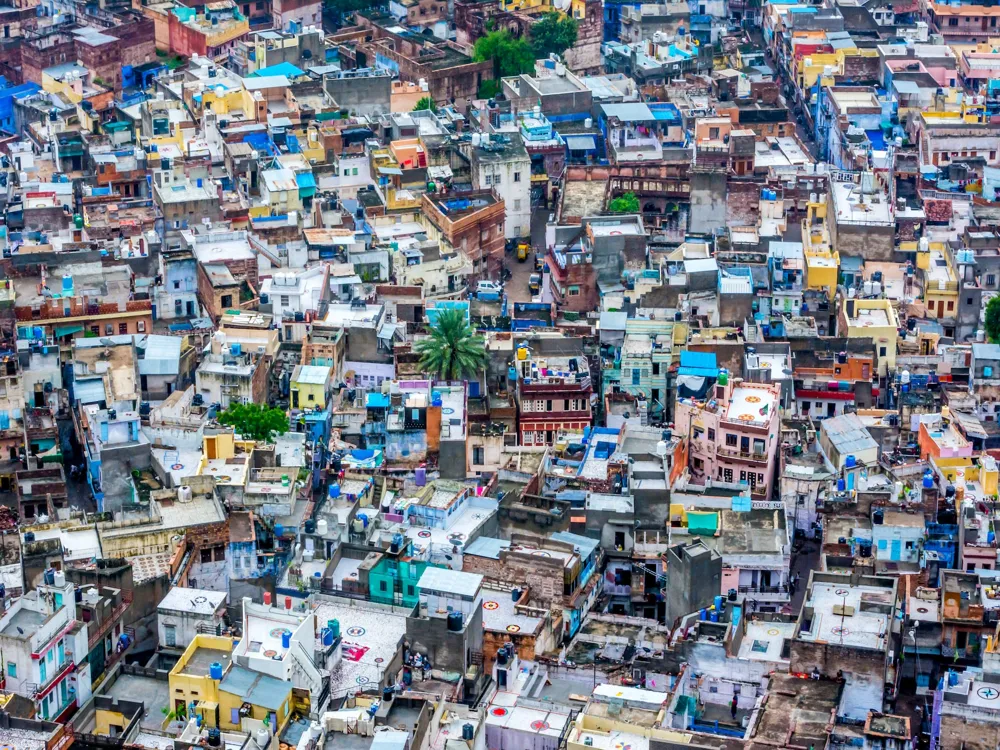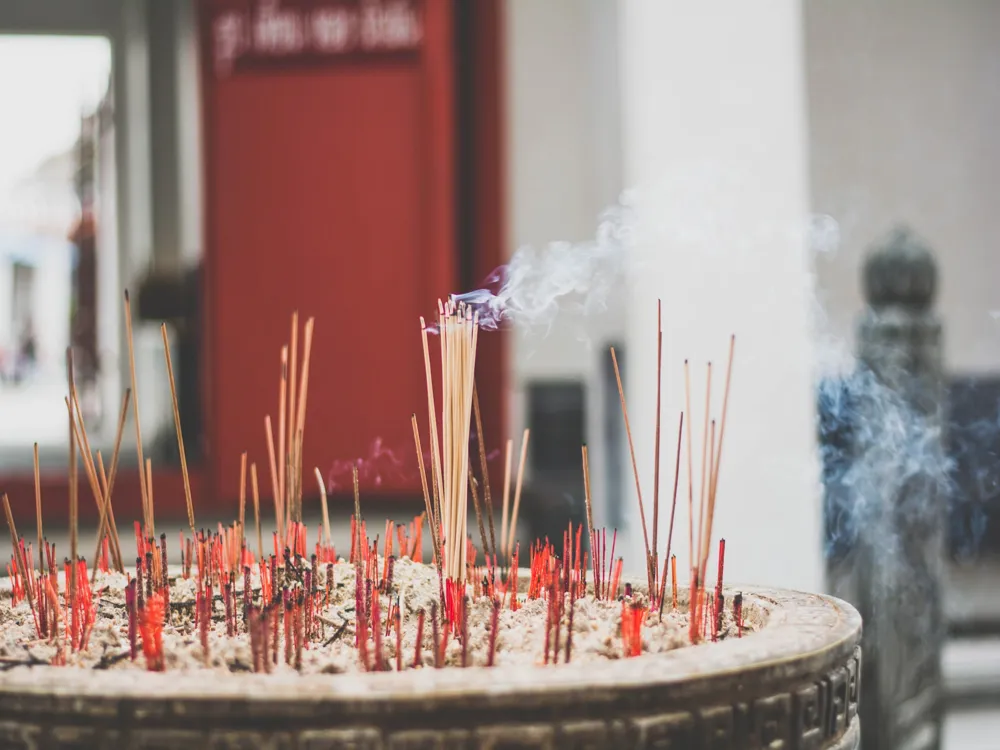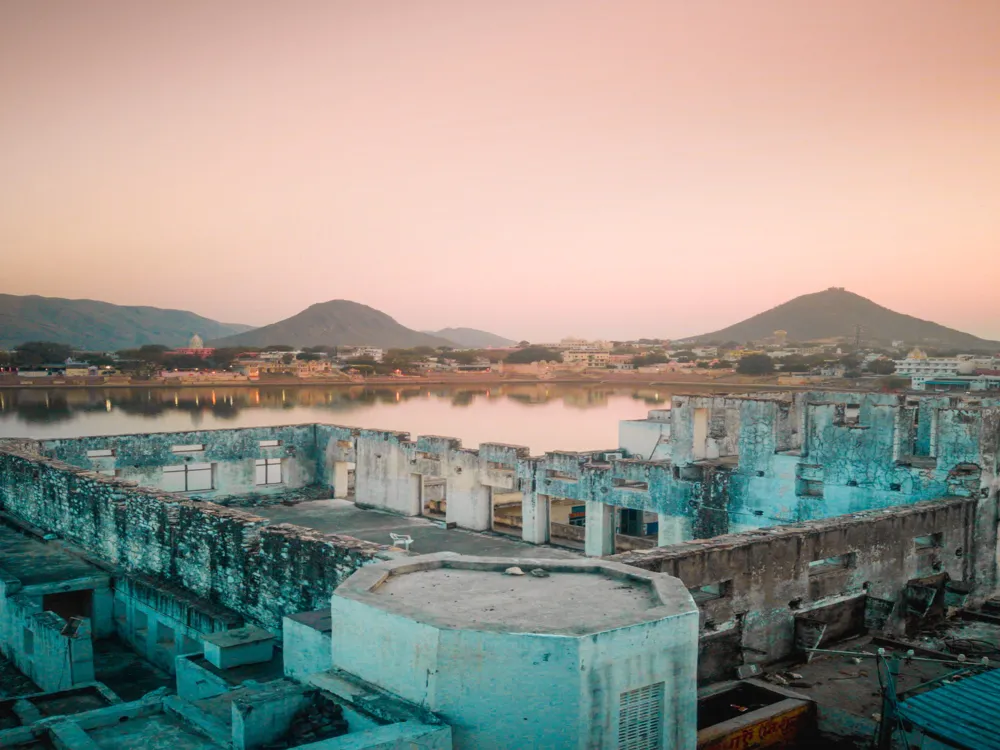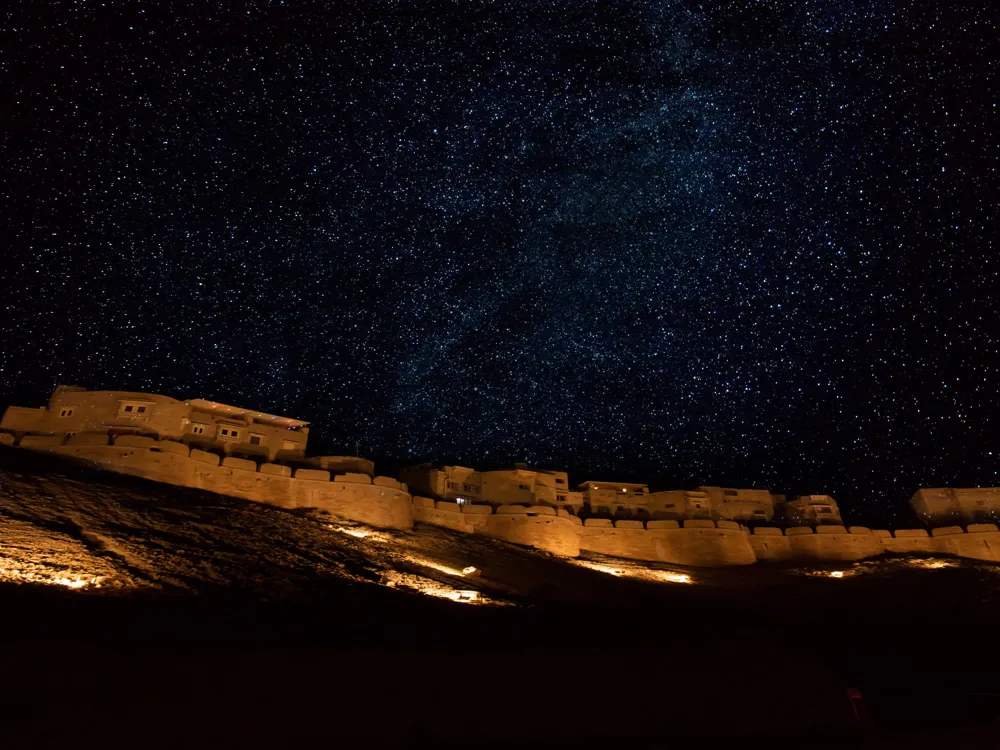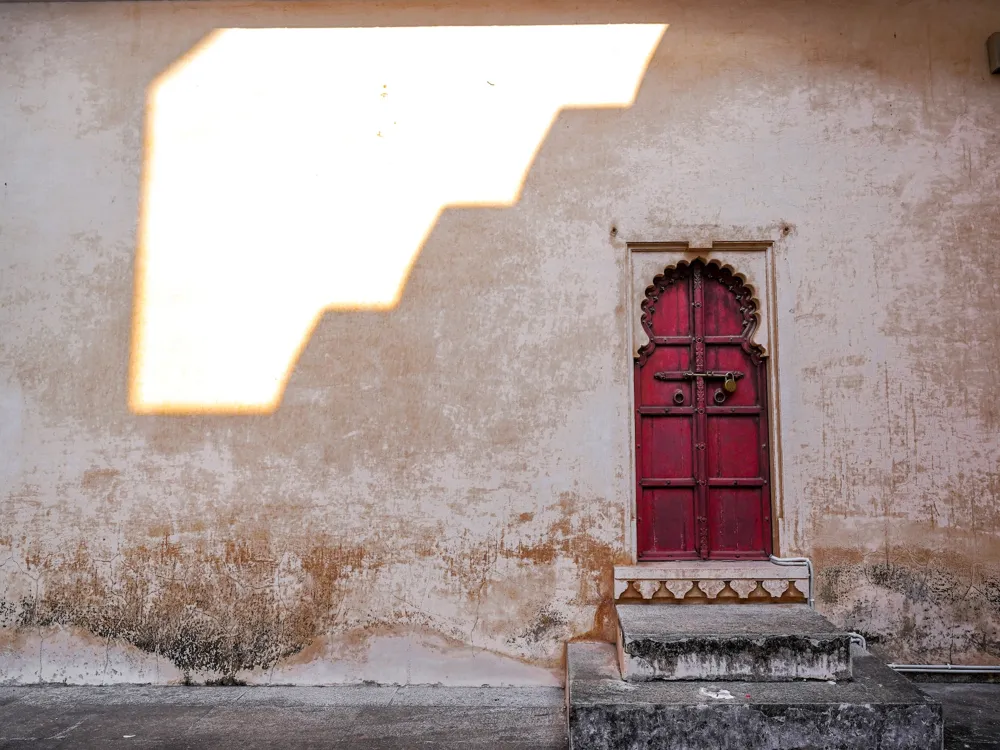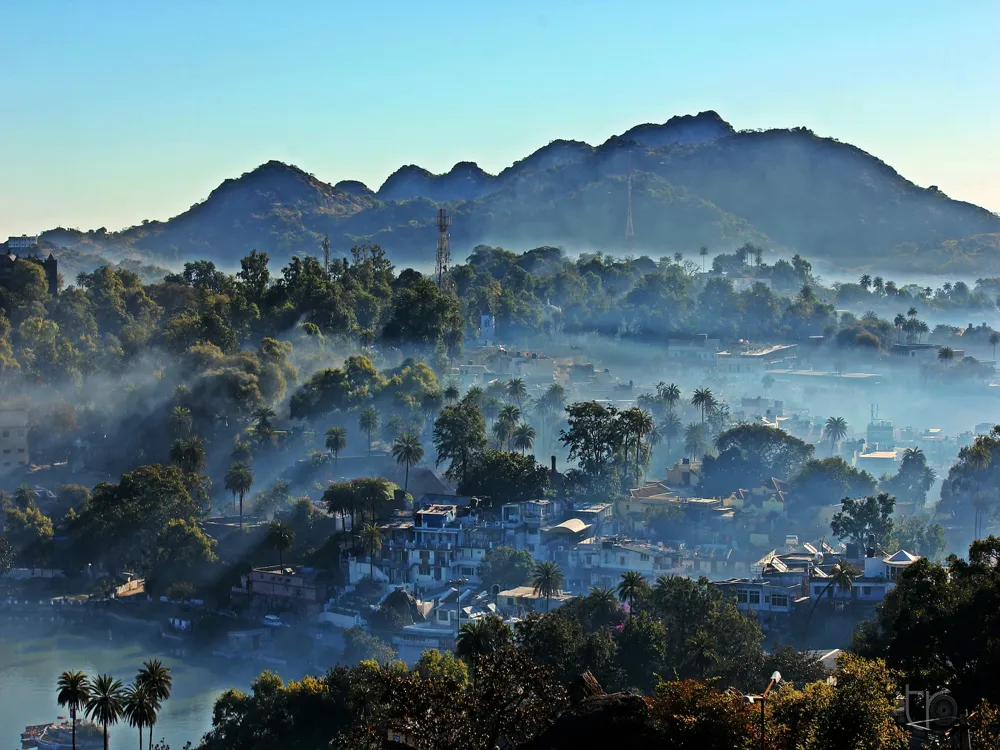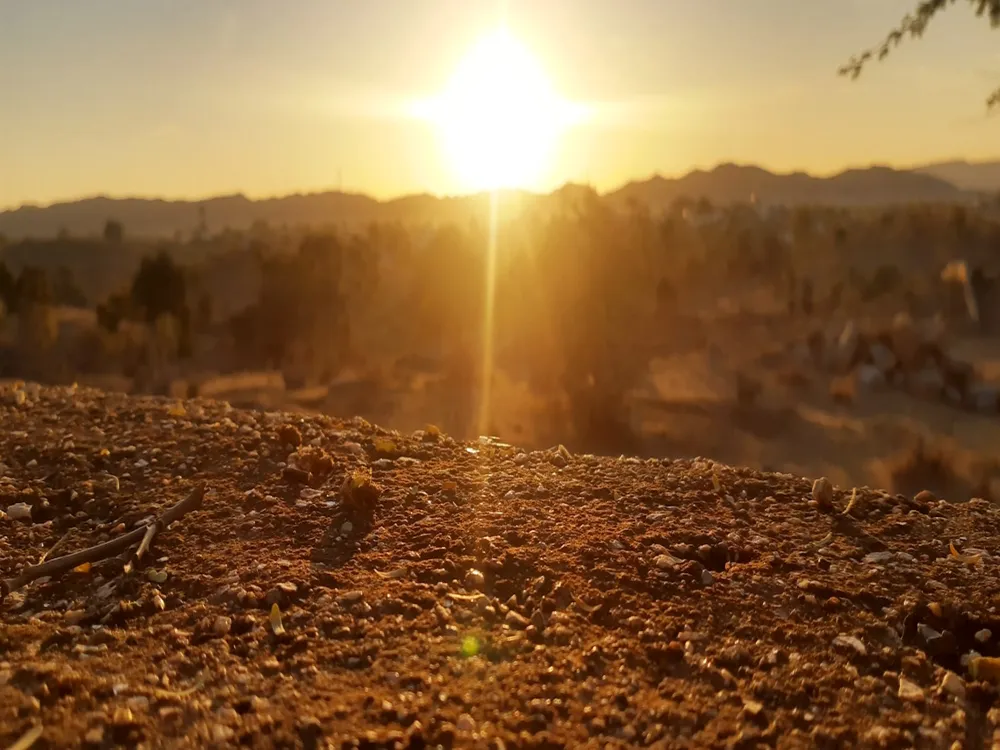Mahamandaleshwar Mahadev, nestled in the vibrant city of Jodhpur, Rajasthan, is not just a temple but a symbol of the rich cultural and spiritual heritage of India. This ancient shrine, dedicated to Lord Shiva, has stood the test of time, witnessing the evolution of history, culture, and spirituality in the region. Jodhpur, known as the 'Blue City', is renowned for its majestic forts, palaces, and temples, with Mahamandaleshwar Mahadev being one of its most revered spiritual sites. The origins of Mahamandaleshwar Mahadev trace back to centuries ago, deeply rooted in the mystical lore of Hinduism. The temple is believed to be constructed by the ancestors of the Rathore Clan, the founders of Jodhpur. Over the years, it has become a pivotal center of religious activities, attracting devotees and spiritual seekers from all corners of the country and beyond. The temple's architecture reflects the ancient Indian Vastu Shastra, symbolizing the cosmic connection between the divine and the earthly realms. The beauty of Mahamandaleshwar Mahadev lies in its ability to blend seamlessly with the local culture and traditions. The temple celebrates various festivals and rituals with great fervor, with Maha Shivaratri being the most prominent. During this festival, the temple transforms into a hub of spiritual activity, with thousands of devotees thronging to offer prayers and seek blessings. The air resonates with the chants of 'Om Namah Shivaya', creating an ambiance of divine bliss. The temple complex also hosts an array of sculptures and paintings, each narrating a unique story from Hindu mythology. These artistic treasures not only embellish the temple but also serve as a testament to the craftsmanship and artistic excellence of the bygone era. The serene atmosphere of Mahamandaleshwar Mahadev provides a perfect retreat for those seeking peace and spirituality amidst the chaos of everyday life. Beyond its spiritual significance, Mahamandaleshwar Mahadev plays a crucial role in the socio-cultural landscape of Jodhpur. It is a place where people from diverse backgrounds come together, transcending the barriers of caste, creed, and religion. The temple thus stands as a beacon of unity and harmony, echoing the timeless message of love and brotherhood that is at the heart of all religions. The architecture of Mahamandaleshwar Mahadev is a splendid example of ancient Indian craftsmanship blended with religious symbolism. The temple's design is heavily influenced by the Rajputana style, characterized by intricate carvings, ornate pillars, and majestic domes. The main shrine is built with finely carved sandstone, a hallmark of Rajasthani architecture, reflecting the skill and precision of the artisans of that era. The temple complex is a harmonious amalgamation of various architectural elements. The 'Garbhagriha' or the sanctum sanctorum houses the sacred Shiva Lingam, believed to be a self-manifested representation of Lord Shiva. This central shrine is surrounded by several smaller shrines and pavilions, each dedicated to different deities of the Hindu pantheon. The intricate carvings on the temple walls depict scenes from Hindu epics, adding a layer of storytelling to the architectural marvel. One of the unique features of Mahamandaleshwar Mahadev's architecture is its use of symbolism. The temple's layout is designed to represent the cosmic structure of the universe, with the central shrine symbolizing Mount Kailash, the abode of Lord Shiva. The temple's orientation, dimensions, and spatial arrangements are all aligned according to the principles of Vastu Shastra, creating a space that resonates with spiritual energy. The temple also boasts of a magnificent 'Nandi Mandapa', housing a large statue of Nandi, the divine bull and the vehicle of Lord Shiva. This statue is not just an architectural element but also an embodiment of devotion, facing the deity in eternal service. The Mandapa, with its lofty dome and carved pillars, adds to the grandeur of the temple complex. The fusion of artistic beauty with spiritual essence makes the architecture of Mahamandaleshwar Mahadev a subject of fascination for historians, architects, and spiritual seekers alike. The temple not only stands as a place of worship but also as a symbol of the rich architectural heritage of India. - Dress conservatively while visiting the temple to respect the local customs and traditions. - Photography may be restricted in certain areas of the temple, so it's advisable to check with the temple authorities before taking pictures. - Maintain a peaceful and quiet demeanor within the temple premises to not disturb the sanctity of the place. - If visiting during festivals like Maha Shivaratri, expect large crowds and plan your visit accordingly. - Participate in the temple rituals and offerings to experience the cultural richness of the place. - Keep your belongings safe and watch out for your family members, especially in crowded situations. - Carry water and some light snacks, but be mindful of the temple's policies regarding food and drink. Mahamandaleshwar Mahadev, located in the heart of Jodhpur, is easily accessible by various modes of transportation. The temple is well-connected by road, and visitors can hire taxis or auto-rickshaws from any part of the city. For those preferring public transport, local buses frequently ply to the temple area. For outstation visitors, Jodhpur has its own Jodhpur Airport, with regular flights connecting it to major cities of India. The Jodhpur Railway Station is another viable option for travelers, being one of the prominent railway junctions in Rajasthan. From the railway station or the airport, one can easily hire a cab or take a bus to reach the temple. Read MoreOverview of Mahamandaleshwar Mahadev of Jodhpur, Rajasthan
Architecture of Mahamandaleshwar Mahadev
Tips When Visiting Mahamandaleshwar Mahadev
General Tips
Festival Visits
Safety and Convenience
How To Reach Mahamandaleshwar Mahadev
Jodhpur Tourism
Mahamandaleshwar Mahadev
Jodhpur
Rajasthan
₹ 12,000 onwards
View jodhpur Packages
Weather :
Tags : Temple
Time Required : 1 - 2 hrs
Entry Fee : No Entry Fee
Planning a Trip? Ask Your Question
Jodhpur Travel Packages
View All Packages For Jodhpur
Top Hotel Collections for Jodhpur

Private Pool

Luxury Hotels

5-Star Hotels

Pet Friendly
Top Hotels Near Jodhpur
Other Top Ranking Places In Jodhpur
View All Places To Visit In jodhpur
View jodhpur Packages
Weather :
Tags : Temple
Time Required : 1 - 2 hrs
Entry Fee : No Entry Fee
Planning a Trip? Ask Your Question
Jodhpur Travel Packages
View All Packages For Jodhpur
Top Hotel Collections for Jodhpur

Private Pool

Luxury Hotels

5-Star Hotels

Pet Friendly








